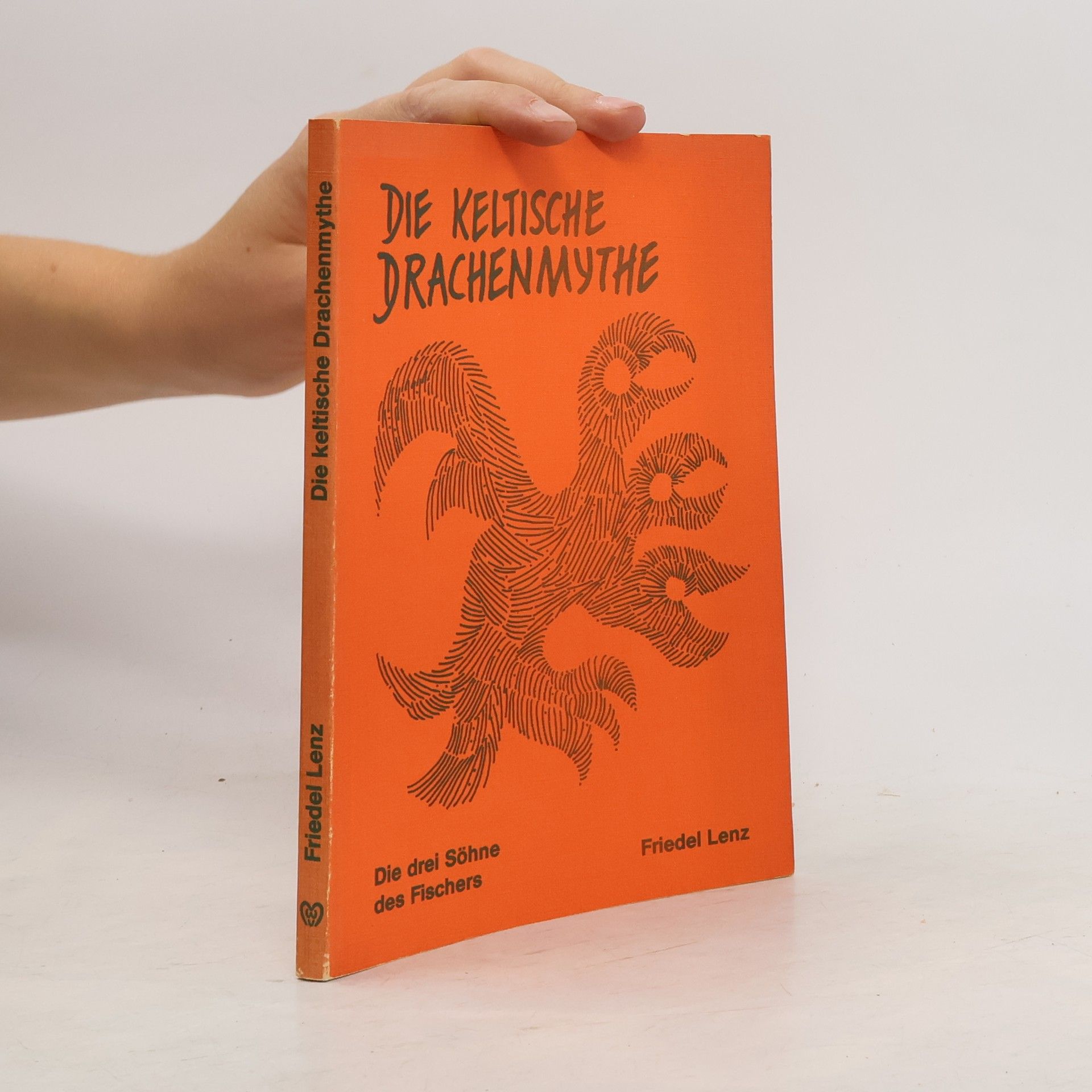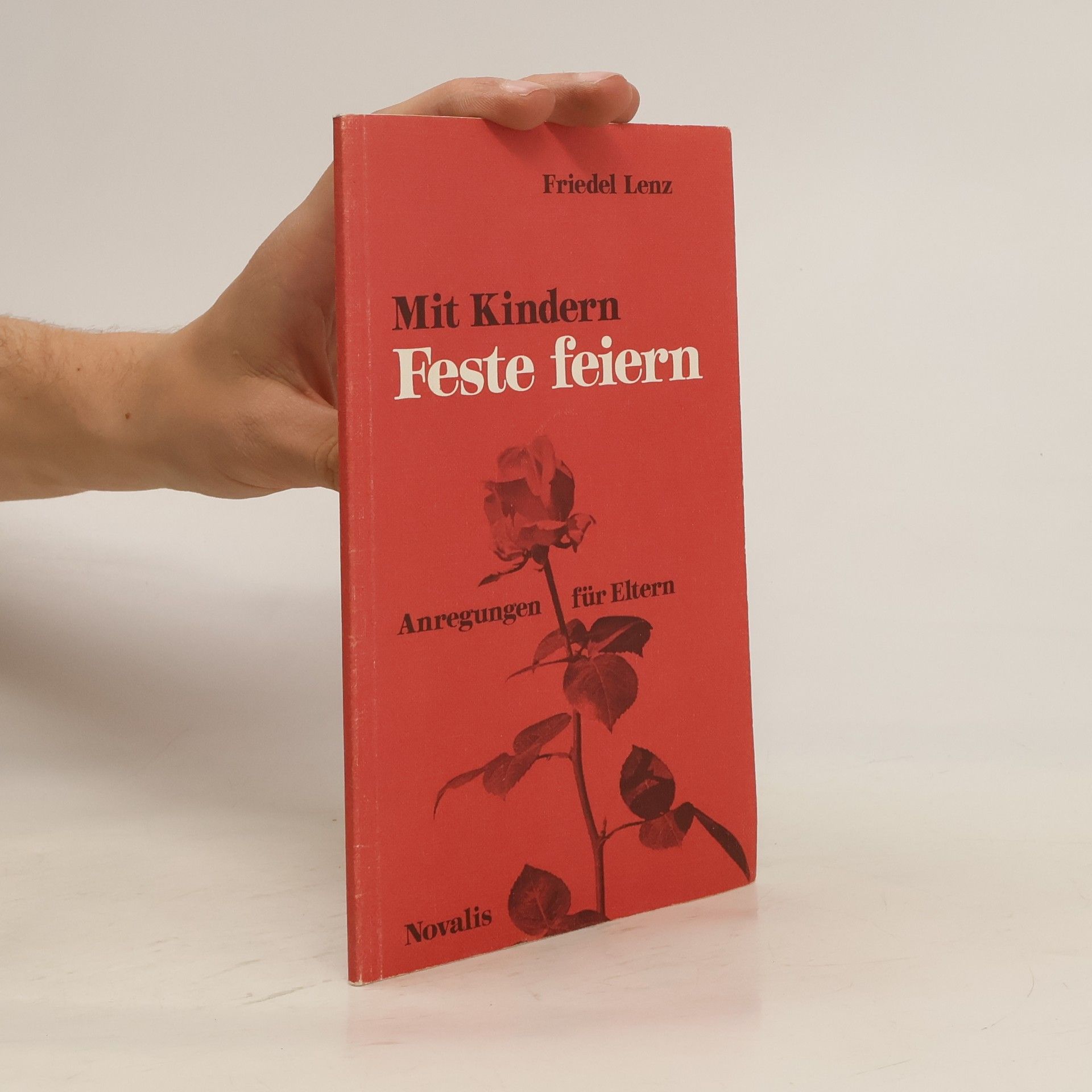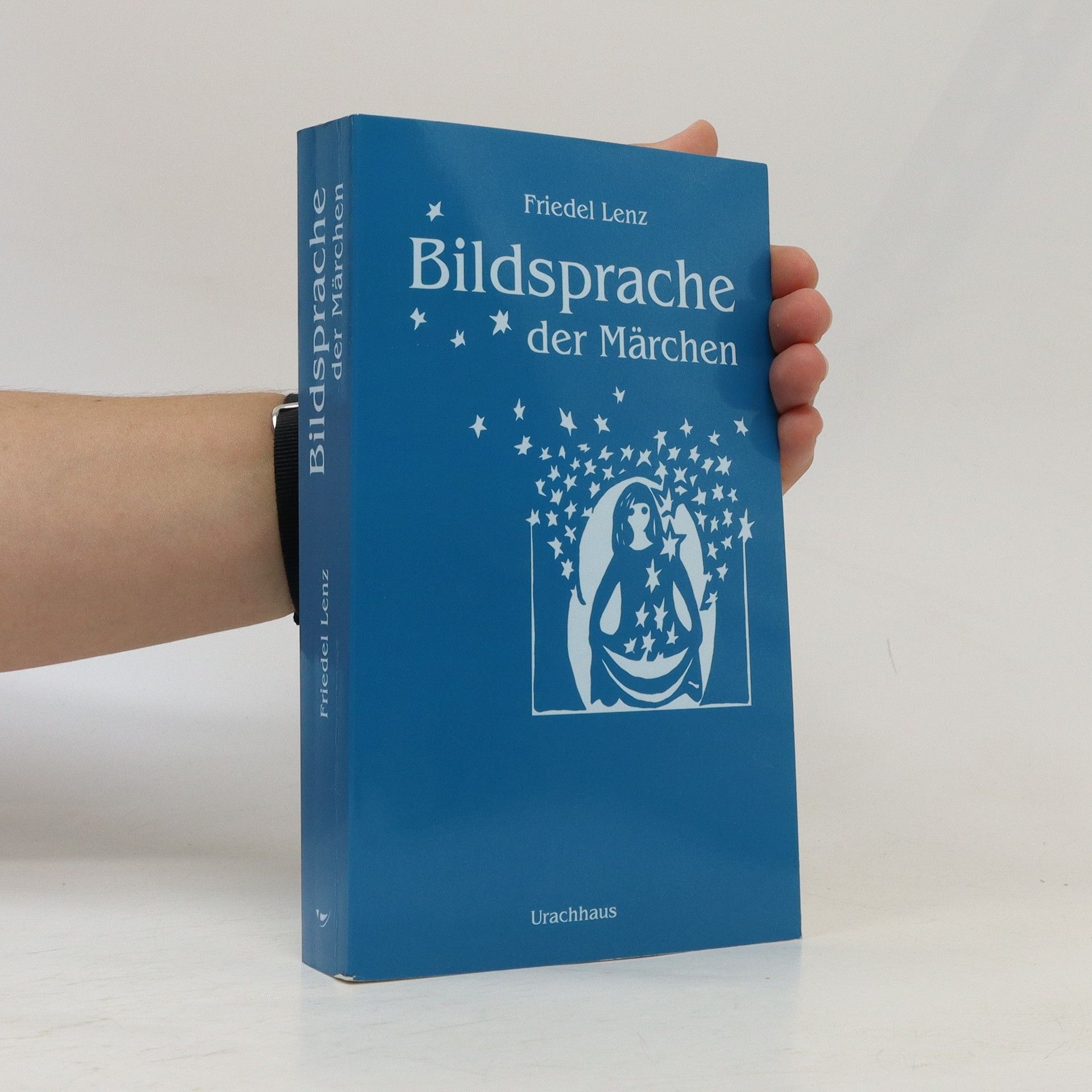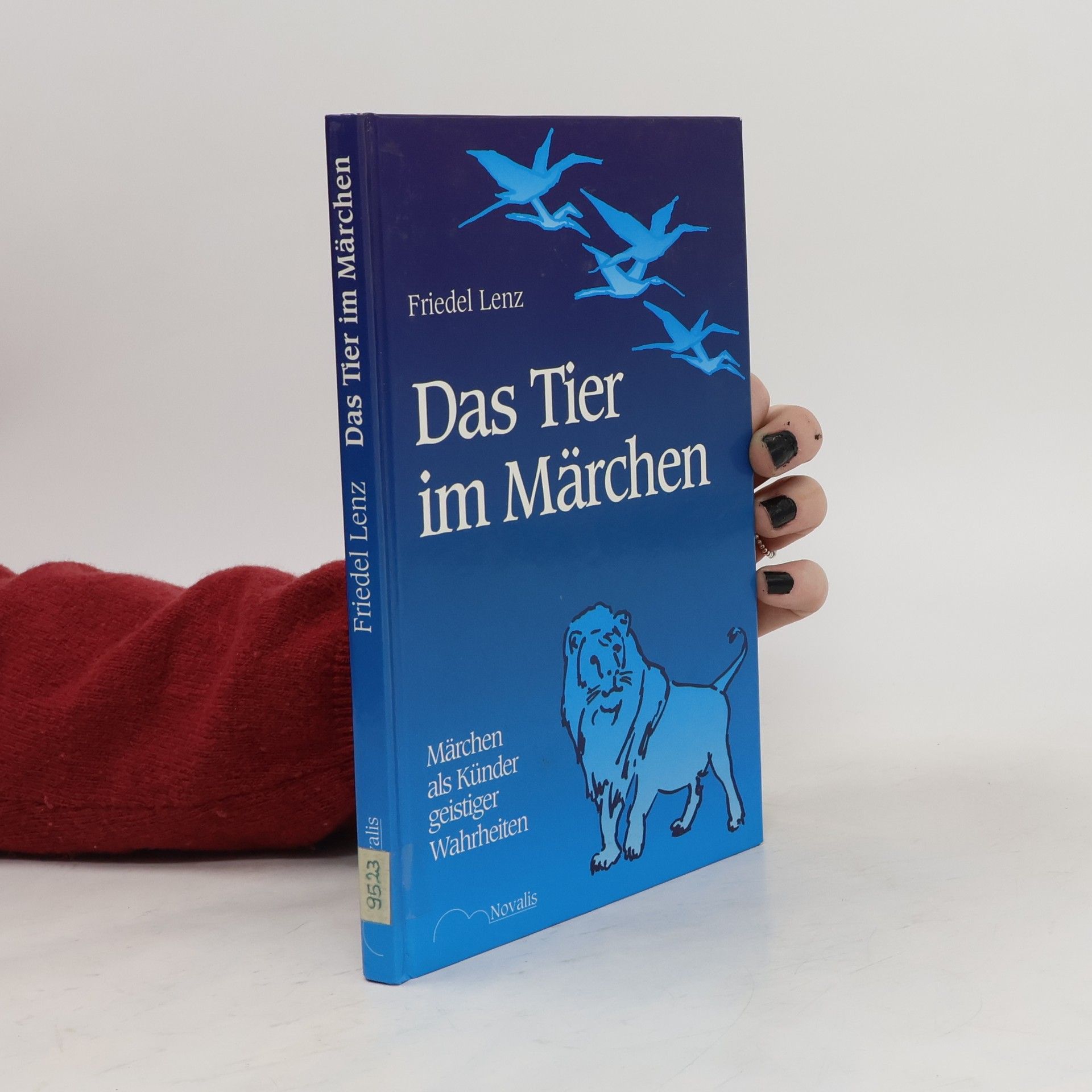The picture language of folktales
- 300 páginas
- 11 horas de lectura
Interspersing commentary with the telling of the tale, Friedel Lenz explores the meaning of twenty-five of the Grimm folktales. She uses the concepts of the nature and evolution of the human being developed by Rudolf Steiner in his basic books on Anthroposophy. In particular, Lenz views the human being as possessing body, soul and spirit and the soul as having three functions: feeling, thinking and willing. She shows how the Grimm stories depict spiritual growth and human dignity. Her interpretations show how right Wilhelm Grimm was that the folktales are fragments of a "shattered jewel", an ancient faith based on deep knowledge of the spiritual nature and evolution of mankind. Rightly understood, the stories are probably the most profound literature we possess. The child of four, five and six can still sense that profound truth. Lenz's commentary enables even modern adults to grasp the deep significance of the stories. Friedel Lenz (1897 - 1970) knew Rudolf Steiner and studied in the Waldorf teacher training program. In World War II, her husband and two daughters were killed; she and two sons survived. She then made a new life for herself as a teller of folktales to children and a lecturer who brought them alive and made them understandable to adults.






